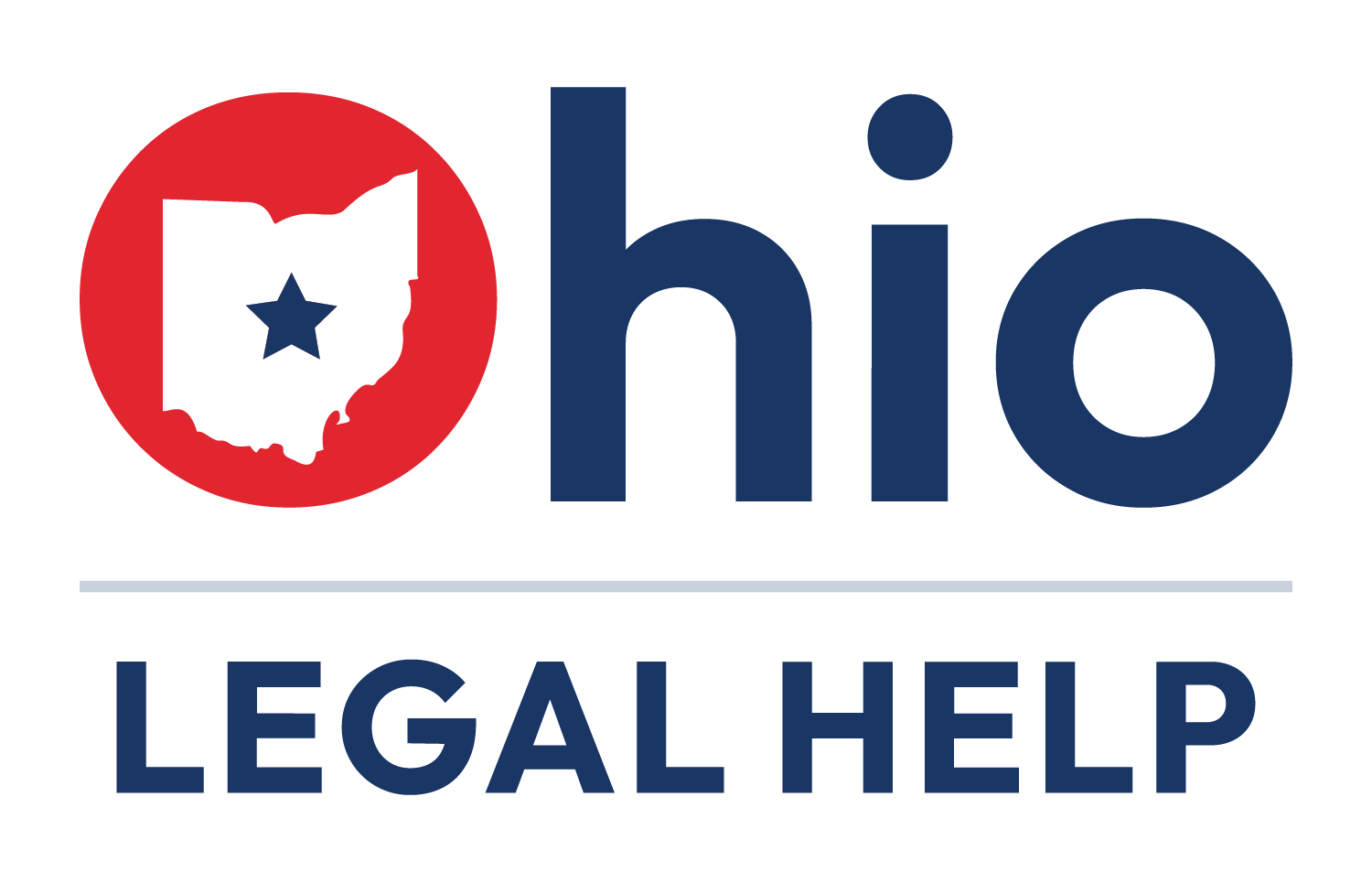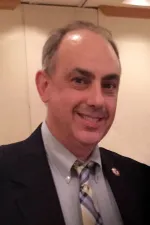Serving Those Who Have Served: Resources for Ohio Veterans
The COVID-19 pandemic has affected all Ohioans in more ways than simply catching the disease. Many people have felt fear, anxiety and depression resulting from the pandemic, and it is no different for Ohio’s veterans and servicemembers. Ohio Legal Help works closely with veterans organizations, including the Ohio Department of Veterans Services, to provide up-to-date legal information and resources for all of Ohio’s veterans and servicemembers. We spoke with Jeff Rapp, Chief Communications Officer for the Ohio Department of Veterans Services, about the more than 750,000 veterans currently in Ohio and how the pandemic affects their lives and communities.
- Correo electrónico
-
https://www.ohiolegalhelp.org/es/node/3010Link
Ohio Legal Help (OLH): The COVID-19 pandemic created an increase in need for mental health services across the board. Have you seen trends with veterans’ and mental health needs during COVID-19?
Ohio Department of Veterans Services (ODVS): Our department doesn’t have specific data in this regard, though it is likely veterans are following along the same trends as the civilian population. Veterans live in our communities and with their families, they are affected by the same things: social dislocation, economic uncertainty, inability to access services, and more.
In May 2020, the Department of Veterans Affairs initiated a four-year study that will look at how COVID-19 and all the related issues have affected the veteran community. The Department of Defense will be doing a similar study for all of the branches of the Armed Forces.
OLH: Communities have been hit hard by issues such as unemployment and eviction. What are veterans facing in terms of these other issues exacerbated by COVID-19?
ODVS: If there are effects on the community, veterans will feel them, just as everyone else. We’re dealing with a lot of challenges in this country right now, including a struggling economy, because of a pandemic that shows no sign of letting up. National unemployment vaulted into double digits at one point. As of September 2020, national veteran unemployment was at 6.8 percent and non-veteran unemployment stood at 7.8 percent.
We are finally trending in the right direction. In fact, the most recent national veteran unemployment rate we have seen is 5.9 percent.
Our department and especially the ODVS Veterans Workforce Team spends a lot of time extolling the virtues of bringing veterans into the workforce, and our state has thousands of companies and businesses that have attained the status of military-friendly employers.
Ohioans love veterans and want to hire them – and the return on those efforts is very positive. We have found that 65 percent of veterans already have some college education, or higher, making them more educated than their civilian peers. And 68 percent of employers report that veterans perform “better than” or “much better than” their civilian peers, according to a recent Society for Human Resource Management study.
So, there are avenues to prosperity even for veterans who may be between jobs at the moment. Ohio veterans in particular have unique opportunities for support if they are in economic distress. In fact, the VA continues to offer healthcare, pension, and service-connected disability compensation. They are also eligible to apply for emergency financial assistance through their local County Veterans Services Offices.
We have no specific information about widespread evictions of veterans from housing stemming from economic dislocations caused by the pandemic or related measures. Ohio veterans who do find themselves at risk for homelessness or without housing can find support through VA homeless programs throughout the state such as HUD-VASH supported housing, Support Services for Veterans Families, Grant-Per Diem programs, and Healthcare for Homeless Veterans.
OLH: What mental health resources does the Ohio Department of Veterans Services suggest for veterans?
ODVS: We recommend veterans take advantage of behavioral health care services provided by the VA through local Medical Centers, Community-Based Outpatient Clinics, or Vet Centers.
Ohio also participates in the Star Behavioral Health Providers program, which maintains a registry of community behavioral health providers around the state who have received training on veteran and military culture.
We have a full listing of mental health services and outlets available to Ohio veterans on our website, OhioVets.gov.
OLH: What does ODVS recommend to veterans to help manage stress and/or anxiety during the COVID-19 pandemic?
ODVS: The VA has established a website to help veterans navigate a host of information and services available to veterans during the pandemic, which can be accessed at www.va.gov/coronavirus.
In addition, trite as it may sound initially, we have emphasized the value of “buddy checks.” It’s easy to be isolated from other people during this health crisis and perhaps forget that your friends, neighbors, and loved ones may be dealing with struggles and even bouts of depression. By simply checking in on others from time to time, you are expressing your empathy and care, and that can go a long way.
OLH: Tell us about the Ohio Veterans Homes, and anything else you’d like to add.
ODVS: We are providing comfort and care to hundreds of veterans every day at our two state-run Ohio Veterans Homes. The one in Sandusky dates all the way back to 1888 and is one of the largest nursing care facilities in the country. It includes a domiciliary for veterans who don’t require round-the-clock care. The Ohio Veterans Home in Georgetown is much smaller and newer – it was dedicated and opened in 2003.
The vast majority of our department’s employees work at these Homes. That’s doctors, nurses, other care providers, administrators, custodial staff, food service personnel, etc. These people are on the front lines and are trying to take every precaution so that they don’t bring COVID into the Homes, which is a nearly impossible task despite precautions and procedures that we put in place way back in February and that rise above the industry standard.
I bring that up because I think about our residents and staff every single day and admire their patience, diligence, and commitment. These are residents who haven’t been able to hug loved ones for months and can’t interact with fellow veterans in the ways with which they are accustomed. I marvel at how well all in the Homes have handled this crisis and I hope, especially on Veterans Day, Ohioans can hold them dear in their thoughts.
In addition, I’d like to point out every year at this time we induct a new class into the Ohio Veterans Hall of Fame, which honors outstanding service after military service. This year’s class was exceptional and also showed grace and dignity at a time when, quite frankly, they were denied the pomp and circumstance of a traditional Induction Ceremony. We still recognized them individually, and a link to the video depicting those private ceremonies can be found at OhioVets.gov.
We are so blessed to have these brave men and women, and veterans all across our state who sacrificed for us and continue to enrich our lives as key contributors to their communities and the workforce. It’s incumbent upon us as citizens and vital to our department to make sure we are honoring Ohio veterans, helping to tell their stories, listening to their concerns, and providing them with opportunities, resources, support, and when needed, care.
We have an amazing staff led by our Director, Maj. Gen. (U.S. Army, retired) Deborah Ashenhurst who attack every day with these goals in mind. And I’d like to believe we are doing so by interacting and listening, truly listening, to veterans when appropriate so that we can best serve those who served.

